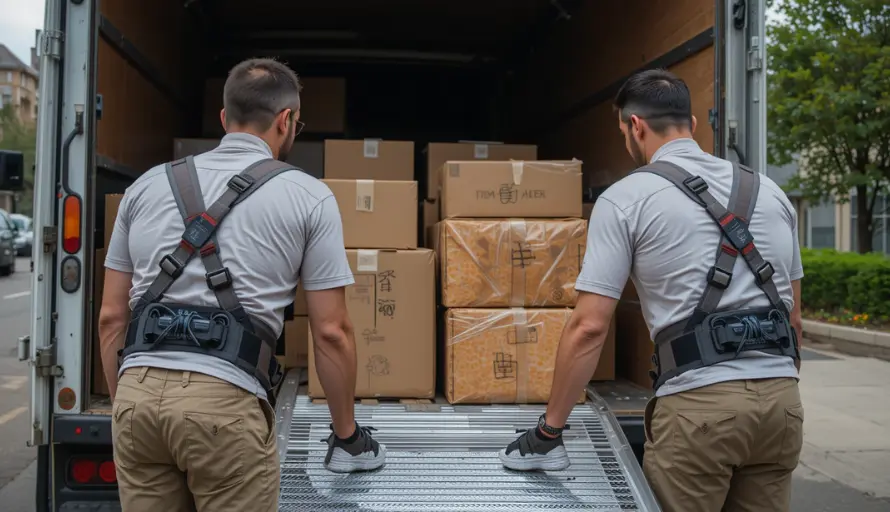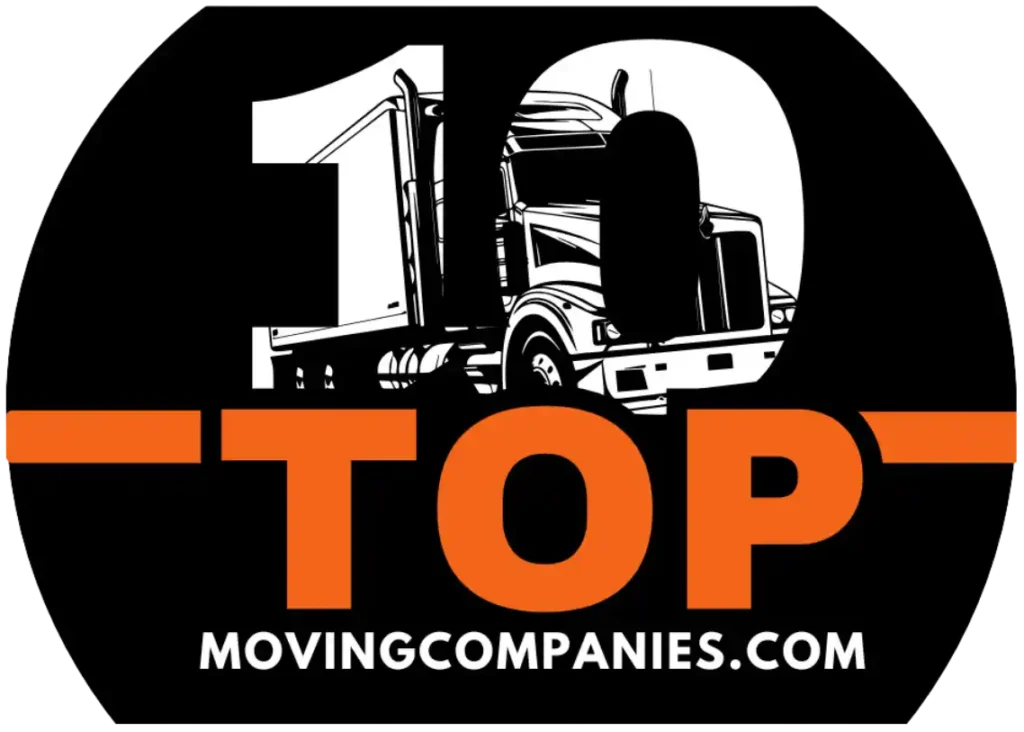Is PODS cheaper than U-Haul?

Get Your Free Moving Estimate
If you’re preparing for a long-distance move, one of the biggest decisions is whether to rent a moving container like PODS or a rental truck like U-Haul. This guide breaks down the Estimate cost comparison, highlights the pros and cons of each option, and offers practical tips so you can choose the best method for your next interstate or long-distance move.
Major Factors That Affect Moving Truck Rental Costs
Renting a moving truck can seem straightforward, but several key factors influence the total price you’ll pay. Here’s a breakdown of the most important elements that impact moving truck rental costs:
1. Distance of the Move: Most companies charge based on mileage for long-distance moves. A move across states or cross-country will be significantly more expensive.
2. Rental Duration: Truck rental prices are often calculated per day or per trip. If you go over the agreed time, you’ll likely pay additional daily or hourly fees. It’s important to accurately estimate how long you’ll need the truck.
3. Time of Year: Moving during peak season (usually May to September) or around holidays can increase costs. Weekends also tend to be more expensive than weekdays due to higher demand.
4. Pickup and Drop-Off Locations: Where you rent and return the truck matters. If your drop-off location is in a high-demand or remote area, you may face extra charges.
5. Fuel Costs: Larger trucks consume more gas, and long-distance drives can add significant fuel expenses to your overall budget.
6. Truck Size: Truck rental rates increase with the size of the vehicle. Renting a truck that’s too large means you’ll pay more in both rental fees and fuel so try to choose the size that fits your move accurately.
8. Availability and Demand: Prices fluctuate based on location and demand. In high-demand areas or busy times of year, you might find limited availability or higher pricing.
Moving Cost Comparison
Moving Option | Home Size | Container Company | Rental Truck |
|---|---|---|---|
Move < 250 Miles | 1 Bedroom | $450 – $1,300 | $289 – $350 (plus fuel costs) |
Cross-Country Move | 2–3 Bedrooms | $2,400 – $4,900 | $1,200 – $2,850 (plus fuel costs) |
Truck Rental (DIY) | 4–5 Bedrooms | $3,500 – $7,600 | $1,800 – $3,100 (plus fuel costs)
|
Move Without Lifting A Finger - Get Quote From Full Service Movers
PODS vs. U-Haul:
When planning a move, one major decision is whether to use a portable storage container (PODS) or rent a moving truck. Both options offer flexibility and cost-efficiency, but they function differently. Here’s how each service works to help you choose the right fit for your move:
How PODS Works (Portable On-Demand Storage)
1. Delivery to Your Home: PODS delivers a portable storage container directly to your home or apartment.
2. Pack on Your Own Time: You load your belongings at your pace. The container stays on your property for as long as you need (days, weeks, or months).
3. Pickup and Transport: Once packed, PODS picks up the container and transports it to your new location or stores it at a secure PODS facility if there’s a gap between moves.
4. Unload at Your Pace: When you’re ready, the container is delivered to your new address. You unload when it’s convenient for you.
Ideal For:
-
Flexible timelines
-
Storage between moves
-
Long-distance moves
-
People who prefer not to drive a large truck
How U-Haul Moving Truck Rentals Work?
1. Pick Up the Truck: You rent and pick up the moving truck from a rental location.
2. Load the Truck Yourself: You are responsible for packing and loading all items. You’re typically charged by the day and mileage.
3. Drive to Your Destination: You (or someone you designate) must drive the truck to your new home, regardless of the distance.
4. Unload and Return the Truck: Unload your belongings quickly since rental charges are based on time and return the truck to the same or a different rental location.
Ideal For:
-
DIY movers on a tighter budget
-
Short or one-way moves
-
Movers comfortable driving large vehicles
-
Faster turnarounds without storage needs
Container Company Pros & Cons
Pros
- Flexible Packing Schedule: You can pack and load your belongings at your own pace no pressure to do it all in one day.
- Built-in Storage Options: Great for temporary storage needs containers can be stored at your home or at a secure facility.
- Ideal for Long-Distance Moves: Perfect for interstate or cross-country moves where flexibility and stress-free transport matter.
- Convenient Door-to-Door Service: Containers are delivered and picked up from your doorstep, reducing the need for multiple trips.
Cons
- Can Be More Expensive: Costs can add up, especially if you need storage or are moving long-distance.
- Limited Availability in Some Areas: Not all zip codes or regions are covered, particularly rural or remote areas.
- Delays in Delivery Scheduling: Depending on demand, there may be limited availability for pickup or drop-off dates.
- No Help With Loading/Unloading: Unless you hire separate labor, you’ll need to do all the packing and heavy lifting yourself.
Rental Truck Pros & Cons
Pros
- Budget-Friendly Option: Generally more affordable than full-service movers or container services, especially long-distance moves.
- Flexible Sizes Available: Most companies offer a range of truck sizes to match the size of your move, from studio apartments to large homes.
- One-Way Rentals Available: Many rental companies allow you to pick up the truck in one city and drop it off in another great for long-distance moves.
- Full Control Over the Move: You control the schedule, route, and how your items are packed and transported.
- Widely Available: Truck rentals are available in most cities and towns, often with multiple nearby locations.
Cons
- You Have to Drive the Truck: Not everyone is comfortable driving a large vehicle, especially over long distances or through city traffic.
- Time Pressure: You’re usually charged by the day or mileage, which can create a rush to move quickly.
- No Storage Option Included: Unlike container companies, moving trucks don’t come with built-in storage or flexibility for delays.
- Fuel Costs Add Up: You’re responsible for fueling the truck, which can significantly increase the total cost, especially on long trips.
- Manual Labor Required: You’ll need to load and unload everything yourself, unless you hire separate labor help.
Most Popular Long-Distance Moving Routes
Some of the busiest long-distance moves in the U.S. right now include:
-
New York → Florida – Lower taxes & warmer weather
-
California → Texas – Affordable living & job market
-
Illinois → Georgia – Family & lower cost of living
-
Washington → Arizona – Retirement & dry climate
Affordable and Reliable Options
When comparing PODS and rental trucks, pricing can vary widely based on distance, duration, and services. While rental trucks often offer a lower base cost, they come with added expenses like fuel, mileage, and potential late fees. PODS may seem more expensive upfront, but they include transportation and optional storage, which adds convenience and flexibility.
Frequently Asked Questions (FAQs)
Is PODS cheaper than U-Haul for long-distance moves?
PODS may cost more upfront, but it includes fuel and transportation. U-Haul can appear cheaper, but requires you to pay for fuel and drive the truck yourself.
Which option is easier: PODS or U-Haul?
PODS is typically easier because you don’t have to drive. It also allows for flexible loading/unloading. U-Haul requires driving and strict return deadlines.
Does PODS include fuel costs?
Yes, fuel and transport are included in the container’s pricing.
What’s the cheapest way to move long-distance?
While DIY truck rental is usually the cheapest, it can be risky. Factor in gas, time, and stress. Sometimes, paying slightly more for ease is worth it.
What’s the most affordable time of year to move long distance?
The cheapest time to move long distance is usually between October and April. Moving during the week and mid-month can also lower your costs.
Are there hidden fees with PODS or rental trucks I should watch out for?
Yes. With PODS, watch for delivery, storage, and extended rental fees. For rental trucks, extra costs may include mileage, fuel, late returns, and insurance coverage. Always read the fine print before booking.



